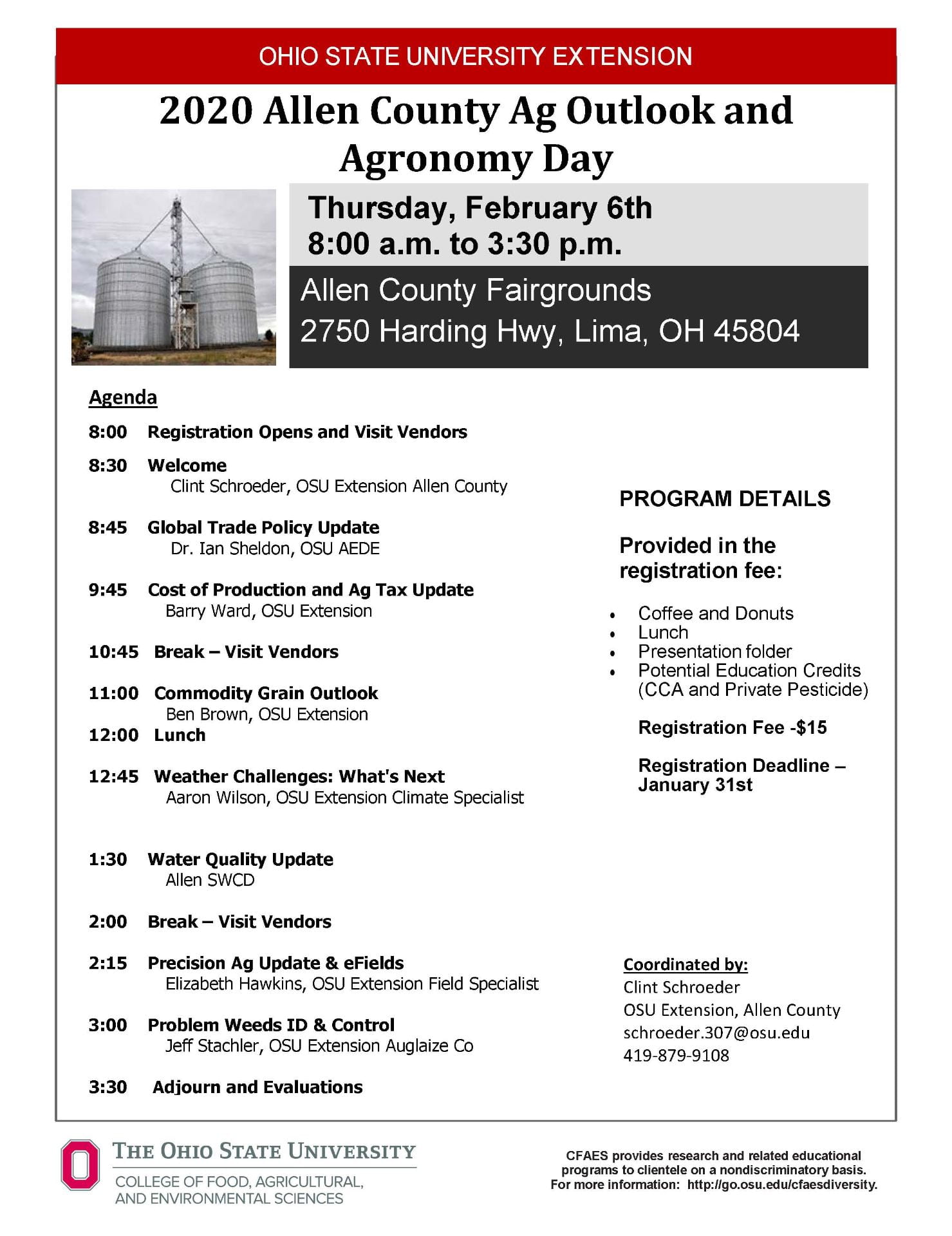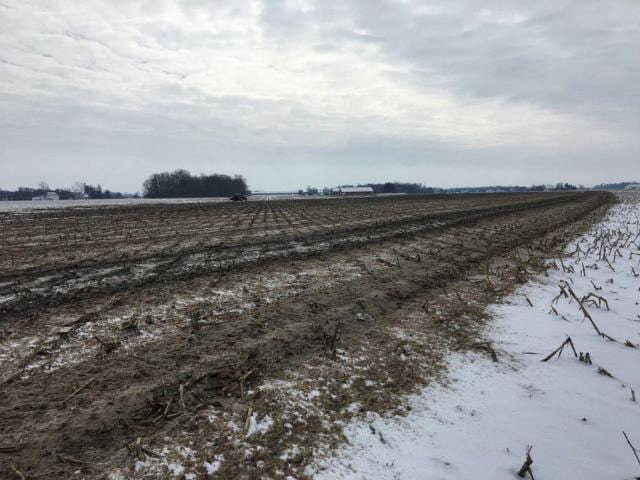By: Barry Ward OSU Extension
A large number of Ohio farmers hire machinery operations and other farm related work to be completed by others. This is often due to lack of proper equipment, lack of time or lack of expertise for a particular operation. Many farm business owners do not own equipment for every possible job that they may encounter in the course of operating a farm and may, instead of purchasing the equipment needed, seek out someone with the proper tools necessary to complete the job. This farm work completed by others is often referred to as “custom farm work” or more simply “custom work”. A “custom rate” is the amount agreed upon by both parties to be paid by the custom work customer to the custom work provider. Continue reading Ohio Farm Custom Rate Survey 2020



